Top Tips to Ensure External Hard Drive Compatibility for Your Devices
As the digital age advances, the demand for reliable storage options grows. External hard drives have become indispensable tools for storing and safeguarding data. Whether you’re working on professional projects, managing a personal media library, or securing sensitive information, external hard drives offer flexibility, portability, and ample storage capacity. However, ensuring external hard drive compatibility with your devices is crucial to optimizing their performance. Incompatibility can lead to poor data transfer speeds, unrecognized devices, or even failure to access your valuable files.
Selecting the right drive ensures a seamless user experience and avoids potential frustrations. Whether you need a robust storage solution for work, multimedia, or personal backups, understanding compatibility factors will help you make an informed decision.
This article will guide you through compatibility essentials, how to verify them, and tips for choosing the ideal external hard drive for your unique requirements.
Why External Hard Drive Compatibility Matters
When choosing an external hard drive, compatibility isn’t just about ensuring it works—it’s about maximizing functionality, speed, and reliability. With countless options on the market, making an uninformed choice can lead to incompatibility issues that disrupt workflows or compromise data security.
Here’s why external hard drive compatibility is critical:
- Avoid Data Transfer Issues: An incompatible drive may fail to transfer files efficiently, leading to significant delays. This can be especially problematic for those handling large files or time-sensitive projects.
- Protect Sensitive Data: Proper compatibility minimizes the risk of corrupted files, ensuring your data remains intact during storage and retrieval.
- Maximize Performance: Using a drive tailored to your system allows for smoother operation, faster read/write speeds, and better overall performance.
- Extend Device Lifespan: Compatible hardware reduces the strain on both the hard drive and your devices, ensuring long-term reliability and durability.
Key Factors Influencing Compatibility
1. Operating System Requirements
Different operating systems have unique requirements and limitations when it comes to external hard drives. Ensuring compatibility with your OS is one of the first steps to take:
- Windows Users: Windows supports NTFS and exFAT-formatted drives. While FAT32 is also supported, its file size limits make it less ideal for modern needs.
- macOS Users: macOS relies on HFS+ and APFS formats, but exFAT is also an excellent choice for cross-platform functionality.
- Linux Users: Linux often supports ext4, NTFS, and FAT32, but some drives may require manual configuration for optimal performance.
2. Connection Interfaces
The connection type determines how your drive communicates with your device. Selecting the right interface ensures faster transfer speeds and smooth operation. Some of the most common interfaces include:
- USB 3.0/3.1/3.2: These backward-compatible options are reliable for most use cases, offering speeds of up to 10 Gbps.
- USB-C: As a universal standard in newer devices, USB-C provides faster data transfer and supports multiple functionalities through a single port.
- Thunderbolt 3/4: Primarily found in high-performance setups, Thunderbolt offers unparalleled speeds for video editing, gaming, and professional workloads.
- eSATA: While less common today, eSATA delivers robust performance for specific professional applications.
3. File System Support
File systems impact how data is stored and accessed on an external hard drive. Selecting the appropriate file system ensures maximum compatibility and functionality:
- NTFS: Native to Windows, NTFS supports large files but requires third-party tools for macOS compatibility.
- HFS+: This format is best for macOS but isn’t natively supported on Windows without additional software.
- exFAT: Ideal for cross-platform use, exFAT supports larger files and works seamlessly between Windows and macOS.
- FAT32: While universally recognized, FAT32’s 4GB file size limit makes it unsuitable for larger multimedia or professional files.
How to Check External Hard Drive Compatibility
Before purchasing or using an external hard drive, follow these steps to verify its compatibility with your devices:
- Review Product Specifications: Carefully read the manufacturer’s details to confirm support for your operating system and preferred connection type.
- Test Before Use: Connect the drive to your device and ensure it is recognized. Check for any prompts to install drivers or additional software.
- Reformat If Necessary: Reformatting the drive to match your system’s requirements (e.g., exFAT for multi-platform use) ensures seamless performance.
- Update Drivers: Install any required drivers or software updates, particularly for drives marketed as specialized for gaming consoles or specific tasks.
- Firmware Updates: Visit the manufacturer’s website periodically to download firmware updates that enhance compatibility and resolve bugs.
Tips for Choosing the Right External Hard Drive
1. Assess Storage Needs
Understanding your storage requirements is essential when choosing a drive. For backups, opt for drives with higher capacities, such as 1TB or more. Professionals working with large files, like videos or design projects, may benefit from SSDs offering faster speeds.
2. Consider Portability
Portable external hard drives are compact and lightweight, making them ideal for travel. Conversely, desktop drives offer more storage space and better performance but are less portable. Evaluate your priorities to make the best choice.
3. Future-Proof Your Investment
Select a drive with modern interfaces, such as USB-C or Thunderbolt, to ensure it remains compatible with future devices. This is especially important as technology evolves rapidly.
4. Choose Trusted Brands
Reputable brands often provide better compatibility, quality, and customer support. Look for brands with positive reviews and warranties for peace of mind.
Troubleshooting Common Compatibility Issues
Despite careful selection, issues with external hard drive compatibility may still arise. Here’s how to troubleshoot common problems:
- Device Fails to Recognize Drive:
- Check connections and try using an alternate port or cable.
- Ensure your operating system is up to date and supports the drive.
- Slow Data Transfer Speeds:
- Use high-speed interfaces such as USB 3.2 or Thunderbolt.
- Avoid daisy-chaining devices or using unpowered USB hubs.
- File System Errors:
- Reformat the drive using your operating system’s disk management tools.
- Opt for an appropriate file system, like exFAT for universal use.
- Firmware and Driver Issues:
- Visit the manufacturer’s website to download the latest drivers and firmware updates.
Best Practices for Long-Term Compatibility
Ensuring the longevity and compatibility of your external hard drive requires consistent care and attention. Here are some expanded tips to help maintain optimal functionality and keep your data secure over time:
1. Safeguard Your Data
Backing up your files is a non-negotiable step in ensuring data safety. Before reformatting or updating your drive’s firmware, always create a backup of your important files. Cloud storage services or additional external drives are excellent options for maintaining redundancy. This practice protects you from accidental data loss due to unforeseen errors or hardware malfunctions.
2. Eject Properly
Never disconnect your external hard drive abruptly. Always use the “eject” or “safely remove hardware” option on your device before unplugging. Improper ejection can corrupt files, disrupt ongoing processes, and even damage the drive’s file system. Over time, such mishandling could lead to permanent data loss or drive failure.
3. Update Regularly
Firmware and software updates are essential for keeping your external hard drive compatible with evolving operating systems and devices. Manufacturers frequently release updates to address compatibility issues, improve performance, and fix bugs. Regularly check the manufacturer’s website for the latest updates and apply them promptly. This practice not only enhances compatibility but also extends the drive’s functional lifespan.
4. Protect Your Hardware
Physical protection is just as important as digital maintenance. Use a durable, shock-resistant case or sleeve to safeguard your external hard drive from accidental drops, spills, or exposure to extreme temperatures. Avoid placing your drive near strong magnets or in environments with excessive dust, as these can interfere with its performance.
Conclusion
Ensuring external hard drive compatibility is essential for seamless operation and reliable data storage. Whether for professional use, personal backups, or multimedia projects, choosing a compatible drive and following best practices for maintenance will help you avoid common issues and extend the lifespan of your device.
By understanding key factors such as operating systems, connection interfaces, and file systems, you can make informed decisions that suit your specific needs. Regular updates, proper handling, and physical protection further enhance the functionality and reliability of your external hard drive.
Invest in the right external hard drive today and commit to these best practices to secure your data and enjoy uninterrupted performance across all your devices. Prioritizing compatibility and long-term care ensures that your drive remains a dependable tool in managing your digital world.
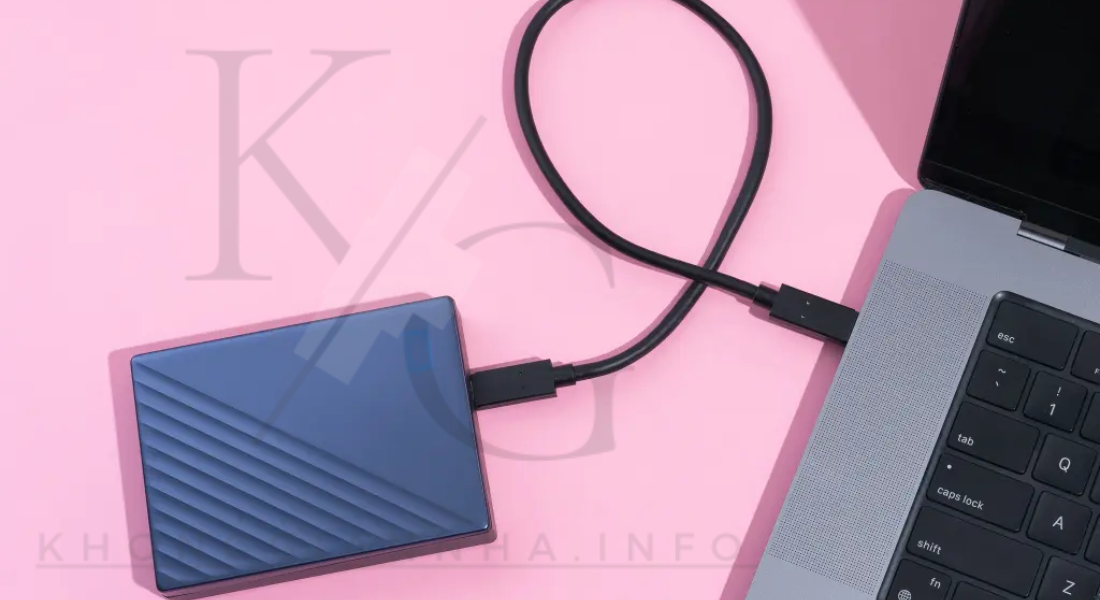
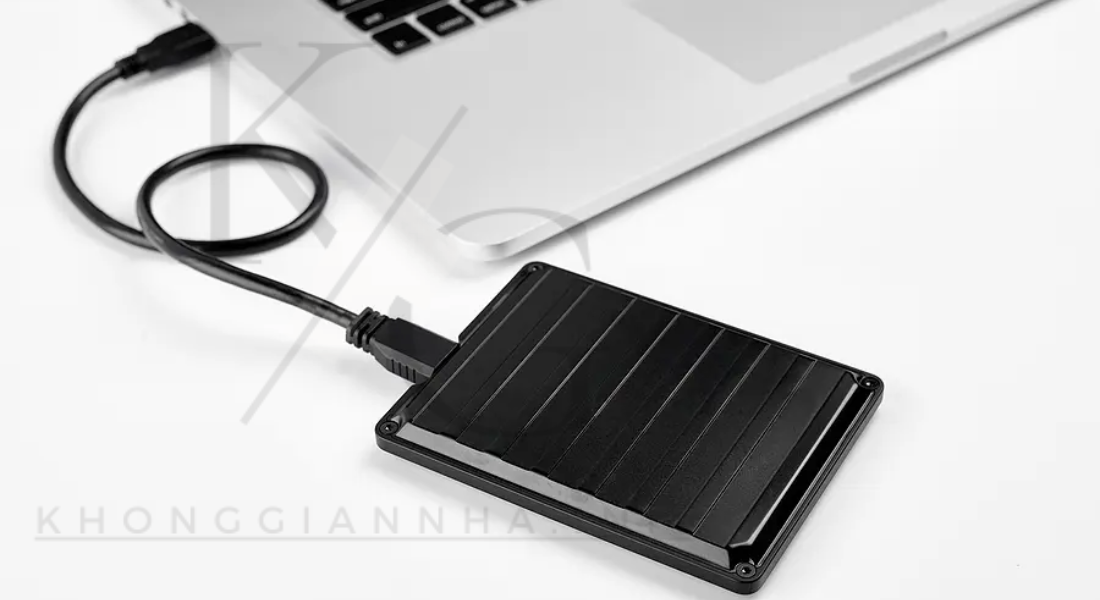
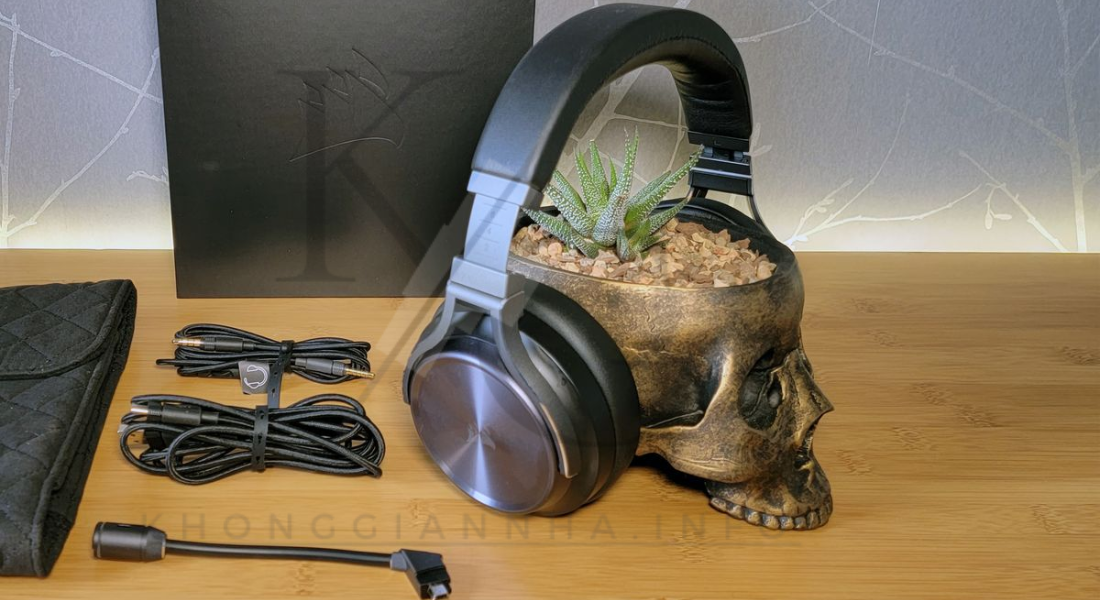
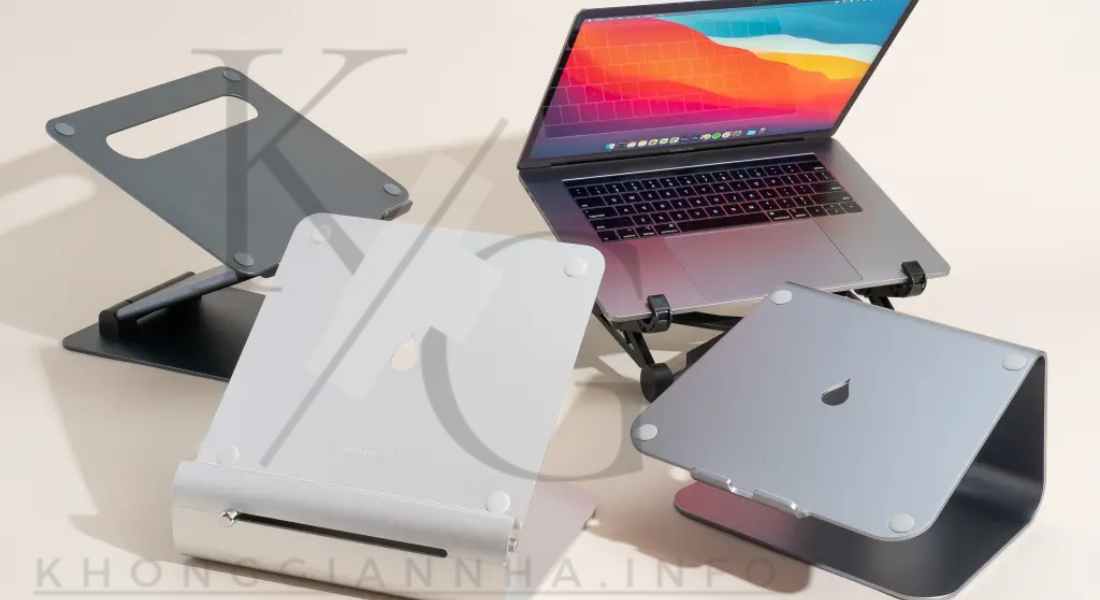
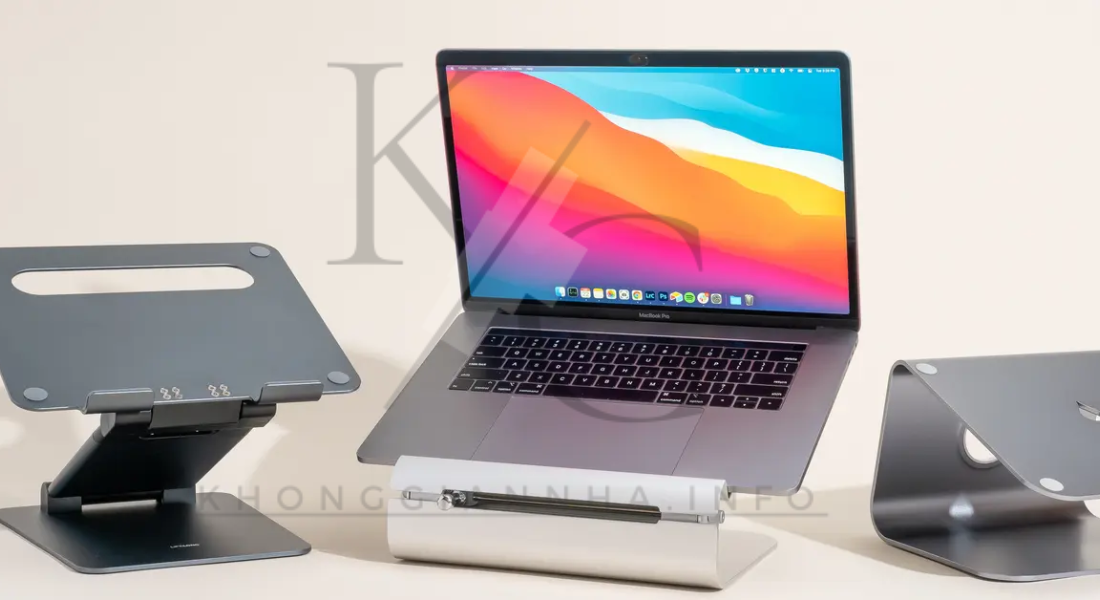










Post Comment